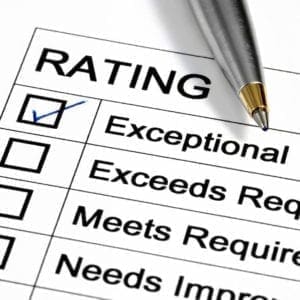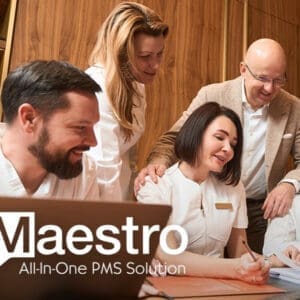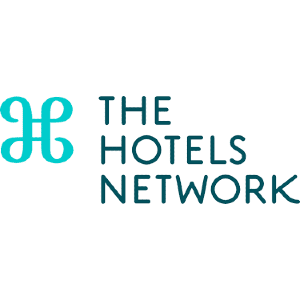
 The food and beverage and hospitality industries go together like “bed and breakfast,” “cheese and wine,” and well, “revenue” and “management.” From rooftop views to custom craft cocktails to Michelin-star restaurants, there’s been no stopping today’s hotels from bringing their “A” game to their F&B initiatives.
The food and beverage and hospitality industries go together like “bed and breakfast,” “cheese and wine,” and well, “revenue” and “management.” From rooftop views to custom craft cocktails to Michelin-star restaurants, there’s been no stopping today’s hotels from bringing their “A” game to their F&B initiatives.
A hotel’s approach to their revenue management initiatives isn’t really that much different. And similar to the dining experience of hotel patrons, revenue management can also be served up in a four-course menu. Below are four main courses of revenue management and why they are so important to a hotel’s revenue strategy:
First Course: simple forecasting starters
Forecasting hotel demand is an important component of revenue management. Hotels use forecasting to accurately predict the time frames throughout the year that bring them higher or lower occupancy, demand and revenue. Accurate forecasting also provides hotels with data and analytics that can help hotels drive successful changes through future marketing and pricing strategies.
Different types of forecasts help hotels accomplish different functions. Operational forecasts help manage a hotel’s resources, while financial forecasts are intended to provide owners and investors with an outlook on revenues and profitability. Revenue management forecasts, however, estimate future demand so the hotel can effectively manage that demand to achieve revenue objectives.
It is important that revenue management forecasts contain historical and future information, as well as incorporate in market-relevant and competitive information that will inform a hotel’s overall revenue management strategy.
Second Course: Dishing up successful pricing
Serving up the right price to the right customer at the right time can be a challenge for many hotels. With so many potential pricing ingredients, what makes up the right pricing mix? Enter: the dynamic pricing approach. Using a dynamic pricing approach – which is the continual adjustment of prices based on the value of demand – will help determine the highest price that a guest is willing to pay to stay at a hotel.
It’s extremely important to recognise that dynamic pricing doesn’t focus only on setting prices. Dynamic pricing optimises both demand and revenue to maximise total revenue performance. Why is this so important? Because demand and revenue combine to deliver the strongest revenue results. A margarita pizza without the mozzarella? Let’s pass on that, please.
This is also where analytics comes into play with powerful capabilities that organise and decipher data that helps hoteliers employ optimal dynamic pricing strategies. At the core of a sophisticated dynamic pricing approach are demand, inventory and price sensitivity, with additional elements such as costs, competitors, product demand and quality as additional influencing factors. It is also important to consider the type of organisation being managed – a limited service hotel will generally have a different pricing strategy than a full-service property. The key to successful pricing is blending together technology with the human knowledge that revenue managers know firsthand.
Third Course: Beefing up with automation
Automation allows a revenue management system to send pricing and inventory decisions to other selling systems, such as a property management system or central reservations system. This system integration can be thought of as quality control to reduce human errors and maintain system decision consistency.
There are far-reaching benefits to automation, too. The use of automated technology bolsters productivity in the workplace. The time and energy spent manually collecting, entering and analysing market data (not to mention the time spent manually adjusting rates!) is drastically reduced, allowing revenue managers and leadership teams to focus more time on strategy and other work responsibilities.
Fourth Course: sweet & satisfying results
Strategies that incorporate accurate forecasting, dynamic pricing and automation have been long proven to bring hotels more confidence, better operational results and higher revenues.
In fact, here are some sweet and satisfying results that hotels can expect to see: confident pricing, improved competitive position and market share, profitable data-driven decisions, streamlined organisational processes, efficient distribution, effective management of multiple properties and insightful data.
About the source
This article comes from the folks at IDeaS Revenue Solutions. IDeaS offers revenue management solutions for business of all types and sizes in the global hospitality and travel industries. They aim to transform the right data into clear and actionable insight, so that their clients can price, forecast and report with speed and confidence, improving business performance.
Interested in learning even more about the “special sauce” of revenue management? Download the free eBook, Revenue Management Ingredients: Revenue recipes from the world’s leader in revenue management.















